Trump hails ‘once-in-a-lifetime chance’ to end bitter war, but many sticking points still remain unsolved
Donald Trump called for a new era of harmony in the Middle East during a summit on Gaza’s future, after visiting Israel to celebrate a US-brokered ceasefire with Hamas.
The talks in Egypt’s Red Sea resort town of Sharm el-Sheikh were aimed at supporting the ceasefire reached in Gaza, and developing a long-term vision for governing and rebuilding the devastated Palestinian territory.
It took place just hours after Hamas released 20 remaining living Israeli hostages and Israel started to free hundreds of Palestinians from its prisons.
But major questions remain over what happens next, raising the risk of a slide back into war.
Trump says ‘everybody’s happy’ and signs peace deal
The gathering at Sharm el-Sheikh lasted only about three hours and was mostly ceremonial.
The US president told attendees it was “a once-in-a-lifetime chance to put the old feuds and bitter hatreds behind us,” and urged leaders “to declare that our future will not be ruled by the fights of generations past.”
Trump, Egyptian President Abdel-Fattah El-Sissi, Turkish President Recep Tayyip Erdogan and Qatari Emir Tamim bin Hamad Al Thani signed a document outlining a broad vision that Trump said would lay the groundwork for Gaza’s future.
“Everybody’s happy,” the US President said, adding he had done “big deals before” but “this has taken off like a rocket ship”.
“This took 3,000 years to get to this point, can you believe it? And it’s going to hold up too,” he said.
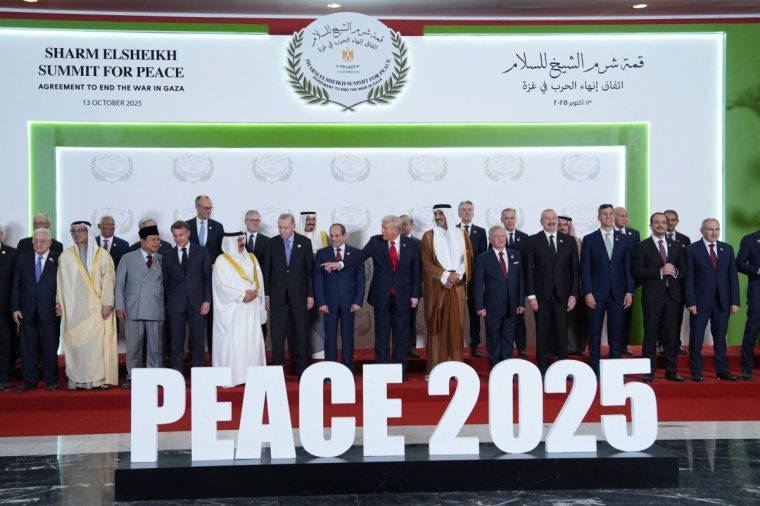
The US president said the document spelled out “a lot of rules and regulations and lots of other things, and it’s very comprehensive.”
However the document was not shared with journalists in the room or made public.
In a joint statement, the signing parties said: “We understand that lasting peace will be one in which both Palestinians and Israelis can prosper with their fundamental human rights protected, their security guaranteed, and their dignity upheld.”
20 leaders in attendance – but not Netanyahu
More than 20 world leaders attended the summit, including King Abdullah of Jordan, France’s Emmanuel Macron and Sir Keir Starmer.
However there was one notable absence – Israel’s Prime Minister, Benjamin Netanyahu.
His office announced that he had been invited by Trump but would not attend, citing a “the timing’s proximity to the beginning of (a Jewish) holiday.”
However a Turkish government official said Ankara launched “a diplomatic initiative” to prevent Israel’s leader from attending.
After other countries backed the effort, Netanyahu decided not to come, the Associated Press reported.
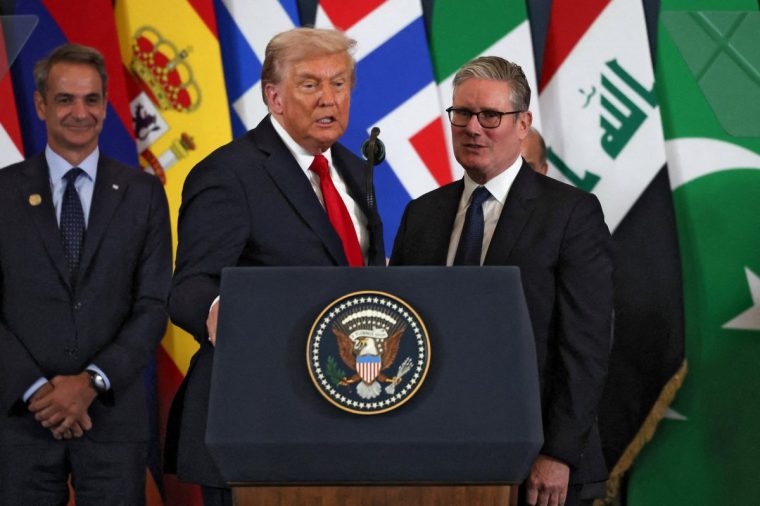
Turkish media reported that Erdogan’s plane circled over the Red Sea and only landed only after it became clear that Netanyahu would not arrive.
Iraqi Prime Minister Mohammed Shia al-Sudani had also reportedly warned Egyptian and US officials that he would withdraw from the summit if Netanyahu attended.
Second phase of talks ‘under way’
The first phase of the ceasefire agreement called for the release of the final hostages held by Hamas; the release of hundreds of Palestinian prisoners held by Israel; a surge of humanitarian aid to Gaza; and a partial pullback by Israeli forces from Gaza’s main cities.
Israel has also agreed to reopen five border crossings to allow food and aid into the enclave, much of which has been reduced to rubble and is still experiencing food shortages.
However the ceasefire still remains fragile, and much depends on securing the next phase of the deal, which includes disarming Hamas, creating a post-war government for Gaza and handling Israel’s withdrawal from the territory.
Negotiations over those issues could break down, and Israel has hinted it may resume military operations if its demands are not met.
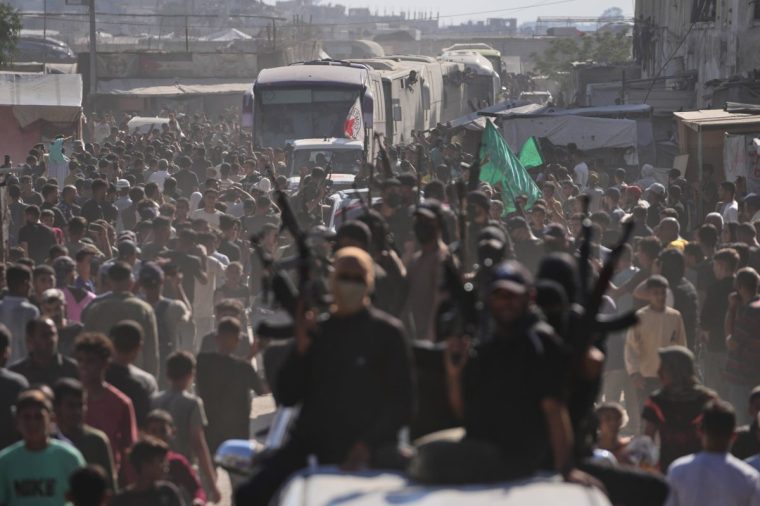
Trump told the summit that the second phase of negotiations on a peace agreement were under way.
“Phase two has started,” he said, adding that Gaza “needs a lot of clean up.”
He said that now that all living hostages had been freed, the search for the bodies of victims would continue.
In an interview Egyptian Foreign Minister Badr Abdelatty said: “We are counting on Trump to keep the implementation of this plan for all its phases.”
Trump calls for other countries to sign Abraham Accords
During his whirlwind Middle East trip, Trump repeatedly touted the “Abraham Accords”, seeking to build on agreements that expanded the number of Arab states with diplomatic ties with Israel.
“We’re going to get a lot of people joining the Abraham Accords,” Trump said while in Egypt.
“We have the four great nations that did it early on, and they stayed with it. … Now a lot of people, even today, they’re talking about all joining up.”
The Abraham Accords were a series of diplomatic and commercial agreements forged with US influence between Israel and the United Arab Emirates, Bahrain, Sudan and Morocco in 2020, during Trump’s first term.
A permanent agreement in Gaza could help pave the path for talks with other majority-Muslim lands.
No answers on Palestinian state
A two-state solution is the only way to achieve the ambitions of the Palestinians and the Israelis and live in peace, Egyptian President Abdel Fattah el-Sisi told a press conference at Monday’s summit.
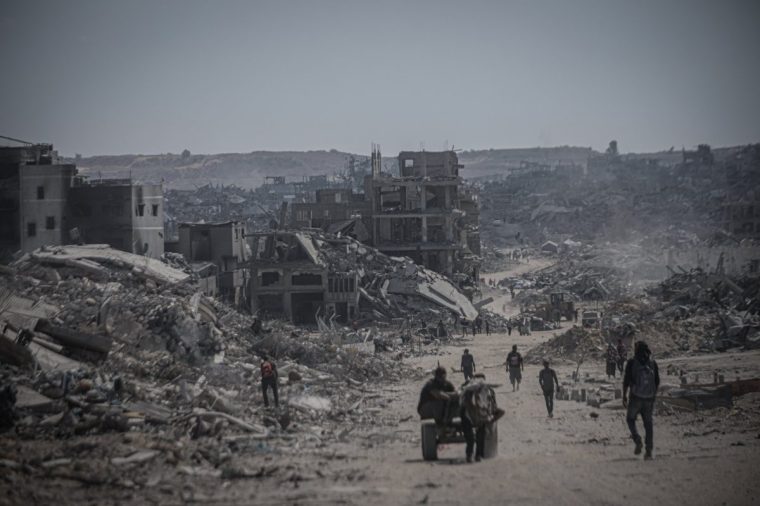
Palestinians have the right to live in an independent state side by side with Israelis, he added.
King Abdullah II of Jordan warned if the problem of a two-state solution cannot be solved “we’re going to be at it again”.
“If we don’t find a future for Israelis and Palestinians and a relationship between the Arab and Muslim worlds and Israel, we’re doomed,” he told the BBC.
But on his way back to the US, Trump pushed aside questions about an independent Palestinian state and told reporters that was separate from his plan for rebuilding Gaza.
“A lot of people like the one-state solution. Some people like the two-state solution. We’ll have to see,” he said.
Trump’s plan holds out the possibility of an independent state, only after a lengthy transition period in Gaza and reform process for the Palestinian Authority.
However Netanyahu and his partners oppose it.
Questions remain on disarming Hamas, and Israel’s withdrawal
It is still unclear under Trump’s peace plan to what degree agreements have been reached on the extent of Israel’s withdrawal and how and when Hamas is to disarm, and where its arms will go.
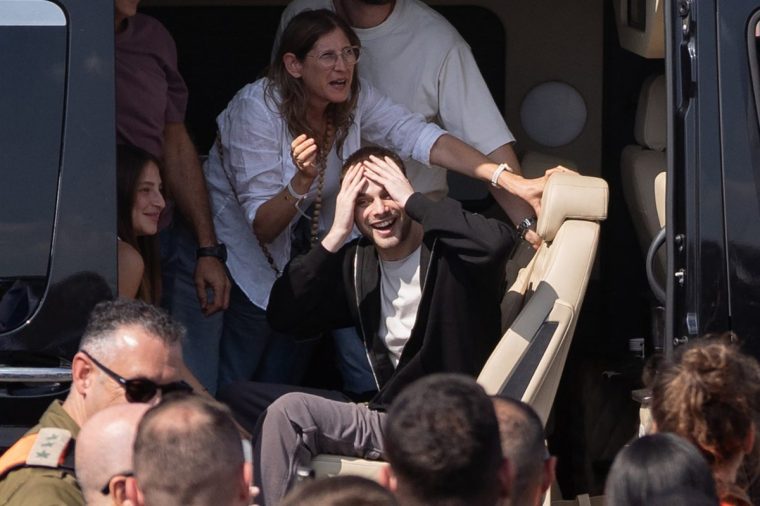
Britain is to offer its experience of disarming the IRA in Northern Ireland in talks over Hamas decommissioning its weapons, with No 10 saying the UK would be “doing everything we can” to support it.
Downing Street said: “[The UK] Stands ready to play a leadership role in the process of decommissioning Hamas, then supporting the reconstruction of Gaza and participating in the ceasefire monitoring mission”.
However the plans are at an early stage with no firm details.
Currently, Israel remains in control of roughly half of Gaza.
A new security force is to be established for Gaza, made up of troops from other nations, but it is not known which countries will send forces, how they will be used and what happens if they encounter resistance.
Who will oversee ‘Board of Peace’?
Under Trump’s plans a “board of peace” will supervise governance of Gaza.
However it is not yet known who will staff it, where it will be located and how Palestinians will respond.
Former British Prime Minister Tony Blair had been touted to run the board, but Trump has since raised a question mark over his potential role, saying he had “always liked Tony” but wanted to find out if he would be “popular” with all sides.
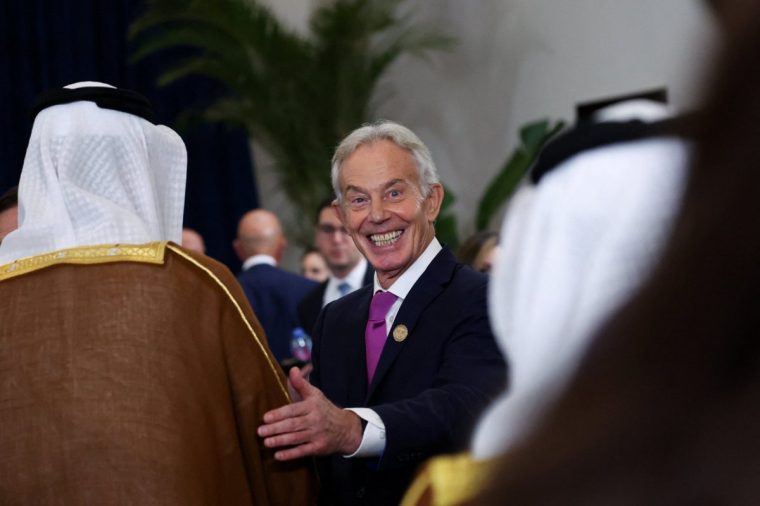
Trump gave a clearer answer when asked whether Egyptian President Abdel Fattah el-Sisi might have a seat on the board, saying: “I’d like to have him.”
The i Paper revealed on Sunday that Blair would attend the peace summit and is still being lined up for the role, and has also received the backing of the vice president of the Palestinian Authority.
Sir Keir Starmer said on Monday it was for “others to decide” if Blair should be handed a role, and said he had not put himself forward for one.
“There are discussions going on about who should be on the board, but I can be clear with you, I haven’t put myself forward for that role.
How will Gaza be rebuilt?
The World Bank, the United Nations and the European Union estimated earlier this year that the cost of rebuilding Gaza would be about $53bn.
Wealthy Arab states are expected to help with that cost, but that buy-in is expected to be met by reassurances that there will be a pathway to Palestinian independence and there will not be a return to fighting.
The UK Government is also said to be leading on plans to kickstart reconstruction of Gaza’s towns and cities, with the Foreign Office hosting the first of a two-day summit at its offshoot Wilton Park on Monday.
The Gaza Strip needs “massive rehabilitation,” and rebuilding it will need to take into account a population that has undergone unremitting physical and psychological trauma, Lucy Kurtzer-Ellenbogen, a senior fellow with the Middle East Institute, told the Associated Press.
An estimated 67,000 Palestinians have been killed, and around 90% of Gaza’s population has been displaced. Schools, homes, medical facilities and farmland need to be rebuilt.
Those needs will need to be addressed while simultaneously standing up the transitional security and government systems.
“There’s really no luxury of sequencing here,” Kurtzer-Ellenbogen said. “Everything has to happen all at once.”
With agencies
